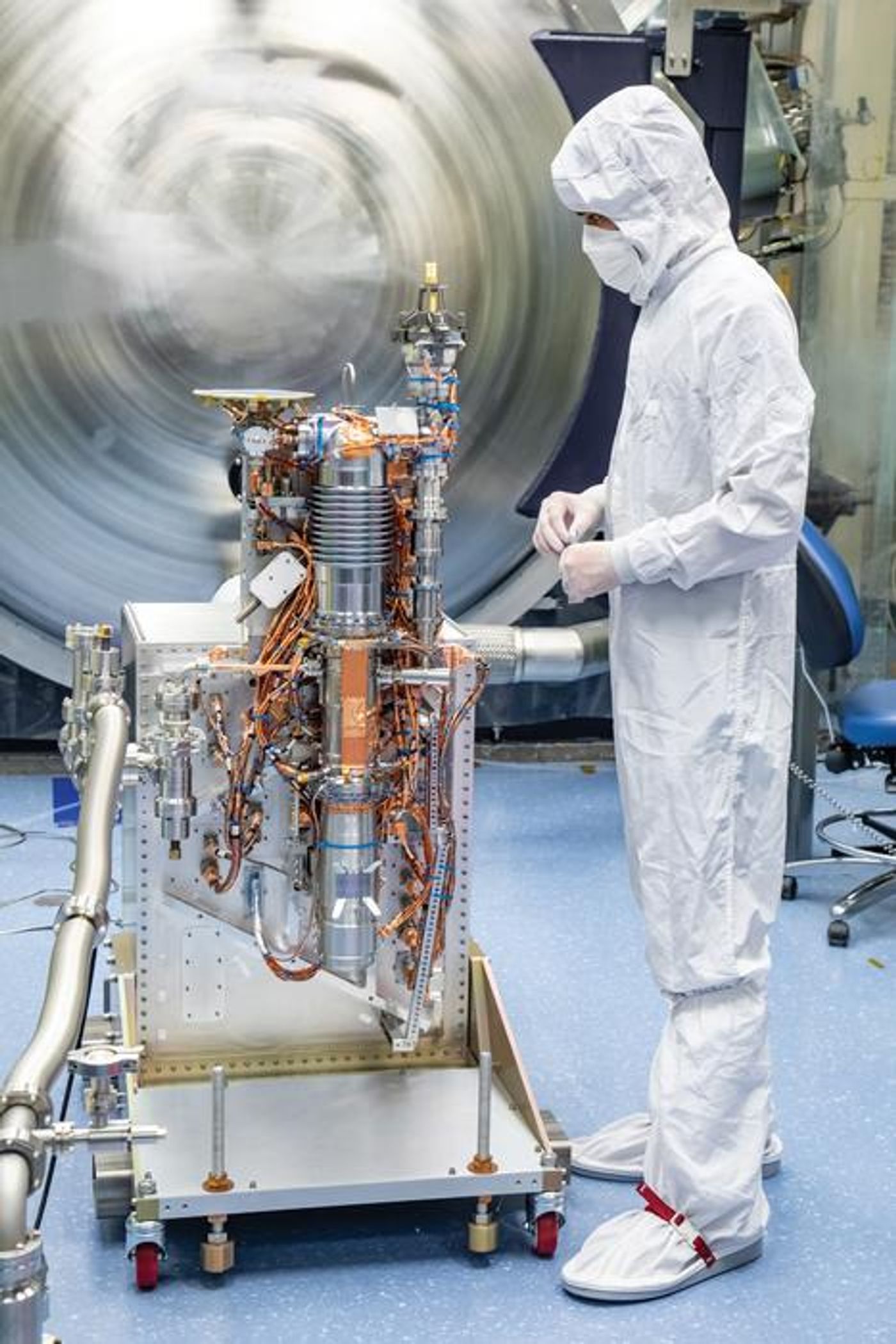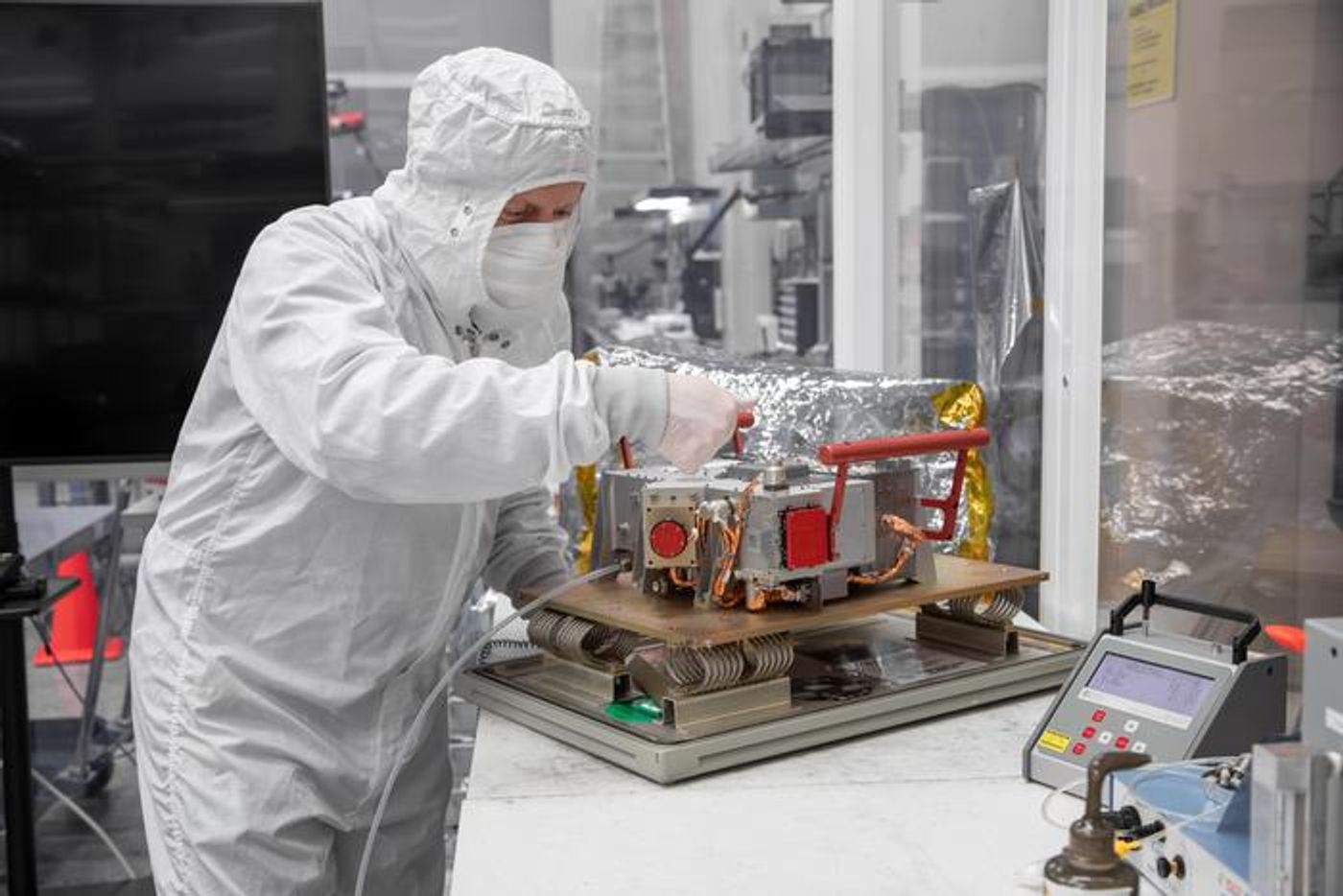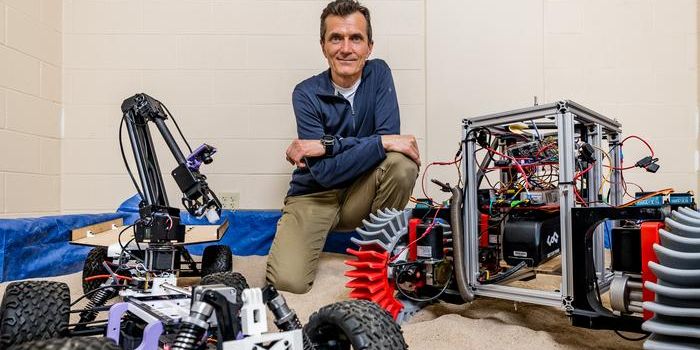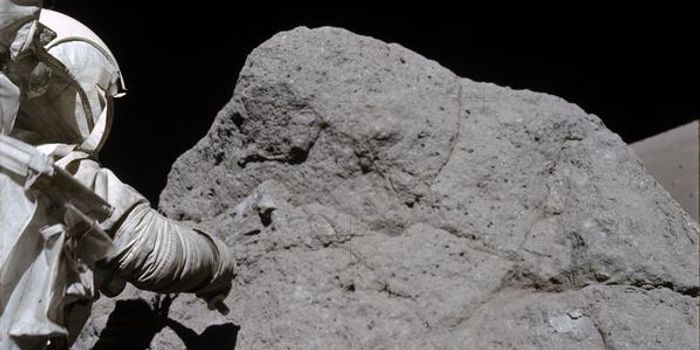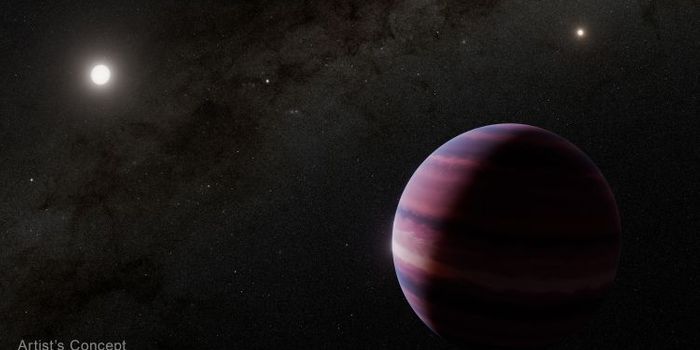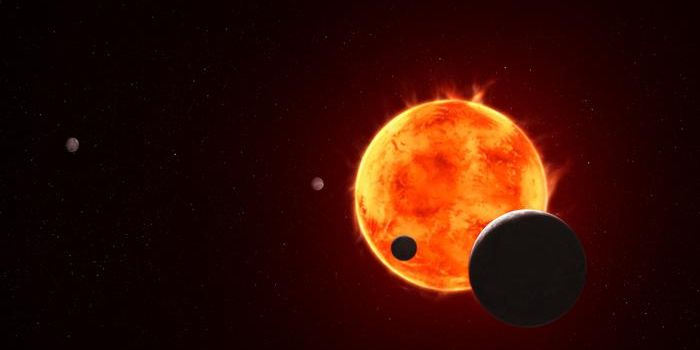Searching for Life: The Role of MASPEX and Europa-UVS in NASA's Europa Clipper Mission
Will we find the building blocks of life, and potentially signs of life, on Jupiter’s moon, Europa? This is what the nine instruments onboard the recently launched NASA Europa Clipper mission hopes to address, with two being developed by the Southwest Research Institute (SwRI), the MAss Spectrometer for Planetary EXploration (MASPEX) and Ultraviolet Spectrograph (Europa-UVS). These two instruments hold the potential to help researchers determine the habitability of Europa and whether the small moon could support life as we know it.
The goal of MASPEX is to investigate the molecules that leave Europa’s surface, which occur either from Jupiter’s intense radiation interacting with the surface or emanating from Europa’s subsurface ocean that lies beneath its icy crust. MASPEX will accomplish this by collecting gases and stripping the ions to determine the types and sizes of the molecules present in the gases. Through this, MASPEX will help scientists better understand the chemical composition of Europa’s atmosphere, icy surface, and subsurface ocean.
Iage of MASPEX being assembled in the clean room prior to being installed on Europa Clipper. (Credit: Southwest Research Institute)
“The ability to characterize this ocean remotely is key — MASPEX has a mass resolution 50 times finer than anything that has flown to space before,” said Dr. Jim Burch, who is the SwRI Senior Vice President and MASPEX’s principal investigator. “MASPEX can differentiate between molecules with almost identical masses based on the energy binding the atoms. It also differentiates isotopes — atoms with equal numbers of protons but a different number of neutrons. These capabilities are crucial to revealing the habitability of Europa.”
The goal of Europa-UVS is to investigate Europa’s atmosphere and surface by analyzing molecules with ultraviolet light and determining the composition of those molecules as they interact with Europa’s surface and Jupiter’s intense radiation. While simple molecules, including oxygen, hydrogen, carbon dioxide, and hydroxide, are the primary molecules that will be analyzed, Europa-UVS could also detect more complex molecules that are considered the building blocks of life, including methane and ethane.
Image of Europa-UVS being assembled in the clean room prior to being installed on the spacecraft. (Credit: Southwest Research Institute)
“Once UVS detects any potential plumes, the spacecraft might fly through them, allowing MASPEX to ‘sniff’ the volatile gases,” said Dr. Burch. “With these precise measurements, the composition of the gases will reveal the story of the interior and whether the conditions for life exist beneath the icy surface of Europa.”
How will MASPEX and Europa-UVS help determine if Europa can support life as we know it in the coming years and decades? Only time will tell, and this is why we science!
As always, keep doing science & keep looking up!
Sources: EurekAlert!, NASA, Southwest Research Institute, NASA (1)
